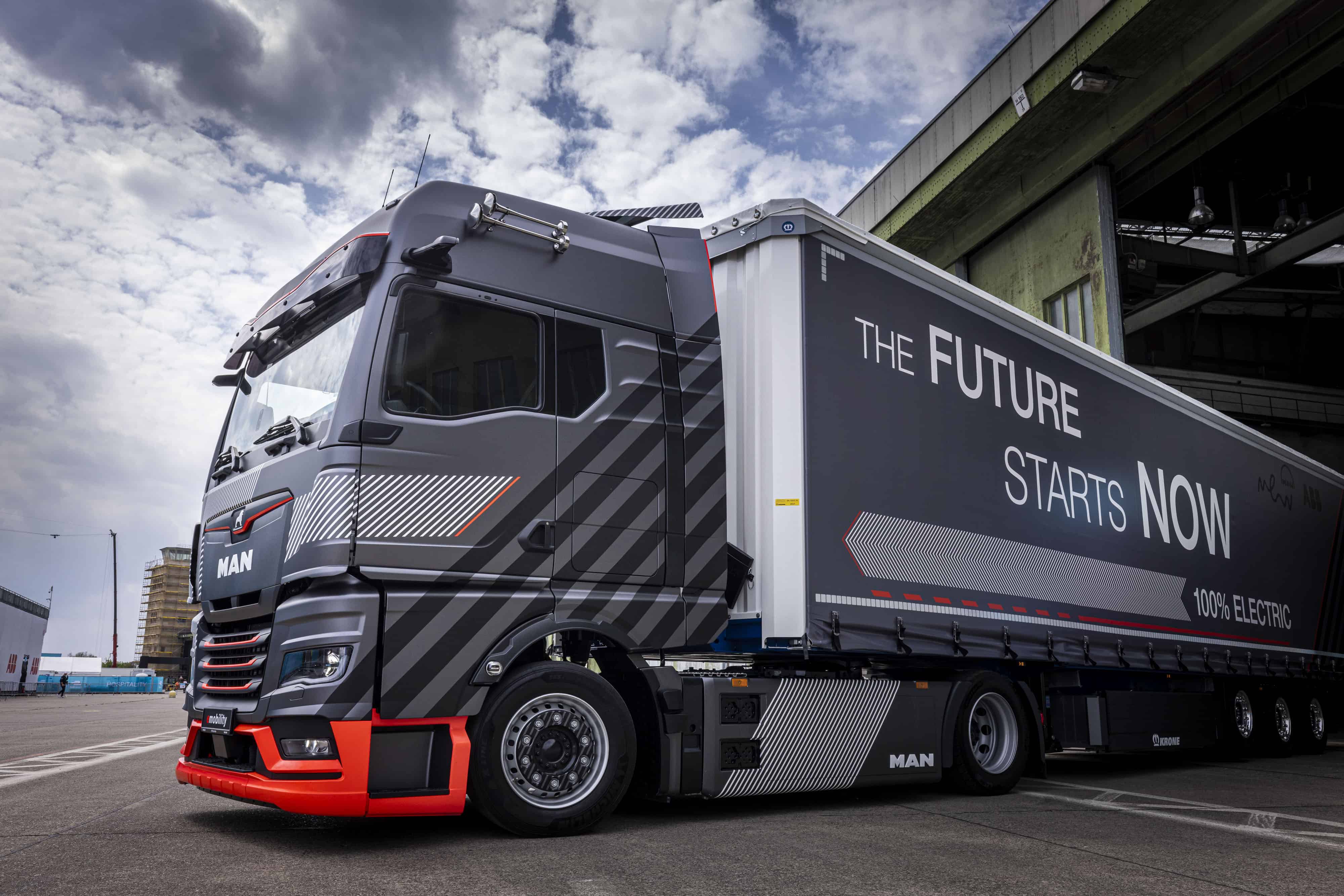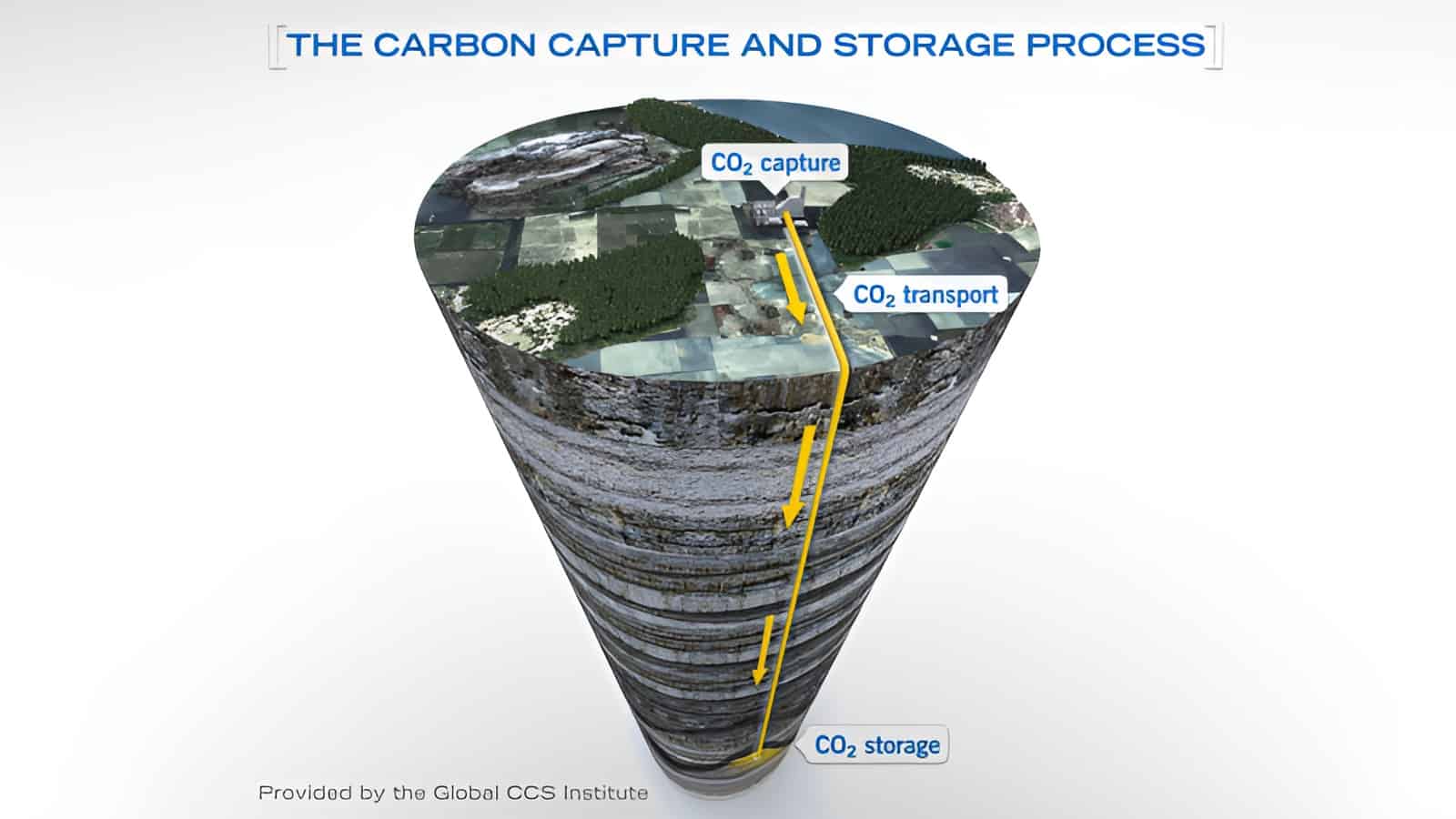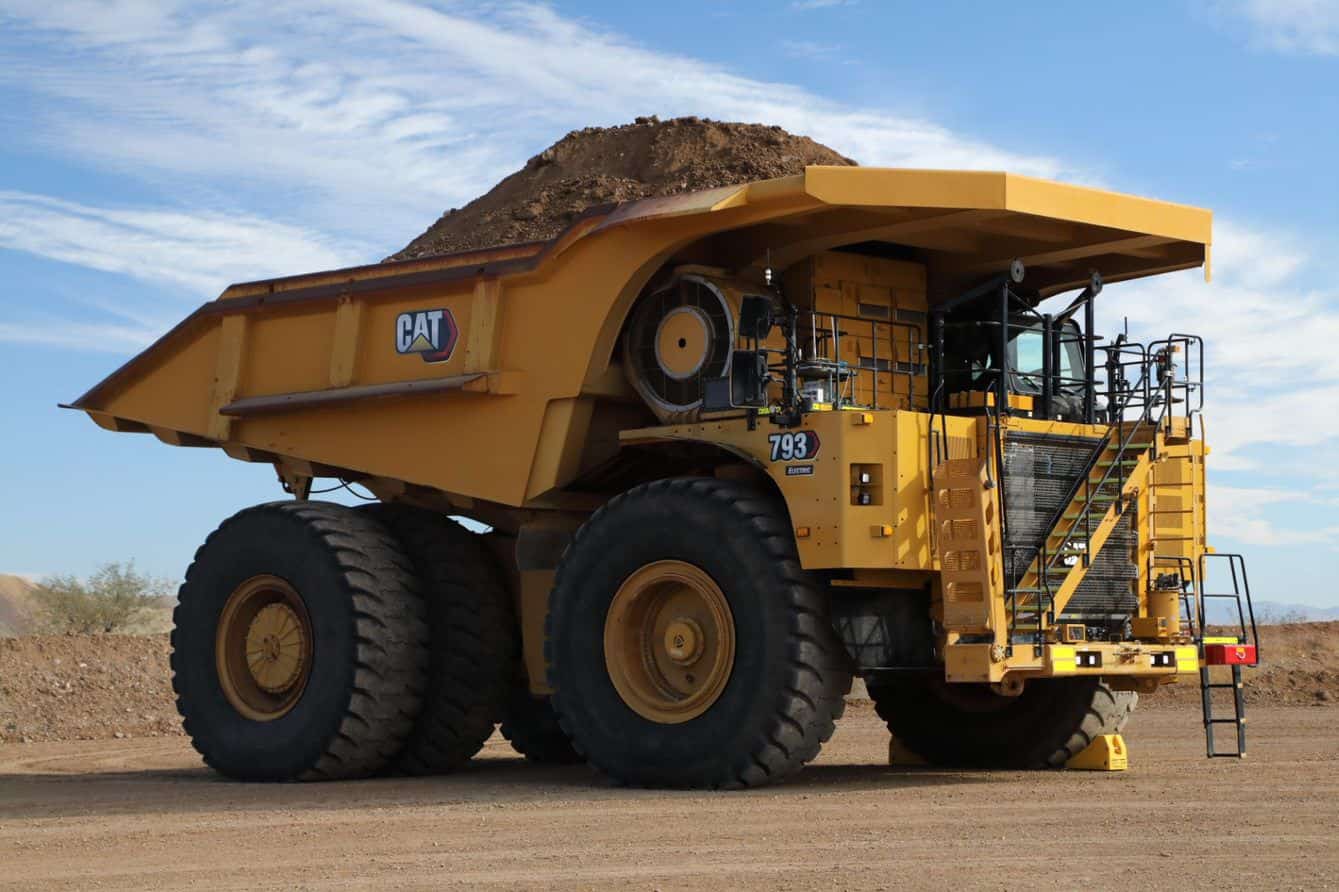
The green hydrogen revolution, heavily subsidised and primarily backed by the fossil fuel industry, is facing considerable hurdles, notably from the transport sector. Policy makers have embraced hydrogen as a wonder fuel with the potential to revolutionize our energy systems. But the transport sector is not joining policy makers in this embrace. The statement from MAN CEO that hydrogen is too expensive for transport is the latest of a series of events that make clear that H2 is not the future fuel of transport.
- All over Europe green hydrogen projects are heavily subsidised.
- Meanwhile the transport sector chooses battery electric as the future of propulsion.
- This raises the questions why policymakers keep pushing hydrogen.
The transport sector’s skepticism
The transport sector, a significant contributor to global CO2 emissions, is crucial in the battle against climate change. However, despite policy-makers’ enthusiasm, the industry seems less inclined to make a shift towards hydrogen. MAN, the second-largest truck manufacturer in Europe, predicts that hydrogen-fuelled trucks will only play a small role in Europe’s zero-emission transport future. The CEO of MAN, Alexander Vlaskamp, estimates that 80-90% of logistics trucks will be electrically driven, basing his forecast on the maturity and efficiency of e-mobility.
Another issue is the cost. Green hydrogen is currently too expensive, costing four to five times what customers are willing to pay. This cost factor restricts hydrogen’s use to special transport, such as vehicles carrying heavy loads. MAN plans to roll out its first electric truck in 2024 and has received a subsidy package for a battery manufacturing facility. This further emphasizes the industry’s preference for electric vehicles over hydrogen-powered ones.
Government subsidies: A double-edged sword?
While the transport sector is leaning towards electrification, governments are increasing subsidies for green hydrogen production. The Dutch government, for example, has increased subsidies for the production of green hydrogen by 1 billion euros next year, with another 3.9 billion euros to follow in subsequent years. The Netherlands aims to produce at least 4 gigawatts of green hydrogen by 2030 and double that amount in 2032. However, these subsidies appear to benefit the fossil fuel industry more than end-users.

For instance, Shell received a €150 million subsidy for its Holland Hydrogen 1 green hydrogen project, despite being ineligible for support. The subsidy was granted after the Dutch government’s intervention, raising questions about a possible hidden agenda to appease the fossil fuel industry. While the government claims that a loophole made the project eligible for state aid, the move contradicts the spirit of the rules.
Germany’s push for green hydrogen in transport
Meanwhile, Germany is pushing for the use of green hydrogen in its transport sector. The country’s national infrastructure for producing and using green hydrogen is beginning to take shape, with 60 running projects for hydrogen production and another 80 currently being planned or constructed. The Transport Ministry has earmarked 80 million euros for investments that enable the integration of the renewable fuel in mobility. However, even in Germany, hydrogen and fuel cell solutions are seen as supplementary fuel, supporting the propulsion of battery-driven heavy freight vehicles on long journeys, rather than a primary fuel source.
While the transport sector’s lukewarm reception of hydrogen does not spell doom for the fuel, it does highlight the challenges that hydrogen faces in becoming a mainstream transport fuel. With the complexities of production, the costs, and the lack of enthusiasm from potential users, the hydrogen transport dream appears to be unraveling slowly.







